Around these parts we profess our loyalty to local groundhog Staten Island Chuck. But we have to admit that, this year, Chuck blew it, promising an early spring on February 2. Yet here we are on March 11, having come through two killer storms early in the month, with the third nor’easter in ten days coming up shortly and no real relief in sight for several weeks.
Years ago I took a rare vacation, flying to a Caribbean island with a lady friend who had a one-week timeshare at a lodge. The weather proved unseasonably rainy during our stay. We managed to enjoy ourselves nevertheless, but not so the frat boys in the adjoining room. On the third overcast, drizzling day, just as we headed out for some adventure, one of them stepped through their door, stuck out his open, upturned palm, looked at the gray sky, and declared angrily, “This is bogus!”
We couldn’t stop laughing. Whatever the weather at any given time, it’s the exact antithesis of bogus; it’s as real as it gets. Which doesn’t mean I don’t long for it to warm up.
The Past Isn’t Even Past
At the end of February I took a Greyhound bus down to Philadelphia, to deliver a talk on the Capa D-Day project to the Society for Photographic Education National Conference. While there I stayed with my friend and colleague Harris Fogel and his wife Nancy Burlan, had several interesting conversations with SPE Executive Director James Wyman, got some useful feedback on the Capa project and my work in general, heard the term “contingent faculty” for the first time — and got caught in the “bomb cyclone,” a/k/a Winter Storm Grayson, resulting in two nights without power chez Harris and Nancy.
As a result, my unread email piled up — more accurately, I suppose, accumulated, or perhaps accrued — until I got home on Sunday night, March 4. Among the unexpected surprises I found as I plowed through it the next morning was this:
Hi, A.D.,
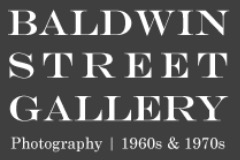 About 1972, you mentioned the Women’s Photography Coop in the Village Voice. We were putting on an exhibition of Photographs of Women by Women in an attempt to get a darkroom for women at the University of Toronto. We also encouraged women to use the darkrooms at the Baldwin St. Gallery. (The existing UofT darkroom was located in a male-only building.)
About 1972, you mentioned the Women’s Photography Coop in the Village Voice. We were putting on an exhibition of Photographs of Women by Women in an attempt to get a darkroom for women at the University of Toronto. We also encouraged women to use the darkrooms at the Baldwin St. Gallery. (The existing UofT darkroom was located in a male-only building.)
Because of your mention ( that we were hunting for submissions for the exhibit) we got significantly more women who were able to participate. So thank you. Just letting you know that I am showing a selection of prints from that exhibit at the Toronto Arts & Letters Club on March 23 rd. Just one evening, just for the enjoyment of sharing this excellent work.
Cheers, Laura Jones
To which I replied:
Dear Laura:
I can’t tell you how pleased I am to hear from you. And especially pleased to learn that something I wrote in 1972 — a really small something, nothing more than a rewrite of a press release you sent me — made an actual, tangible difference across the border.
I don’t know if I speak for my colleagues here or just for myself, but while I get positive feedback on various articles I’ve published over the years, which I certainly welcome, very little of that indicates that any of it affected anything at all. So learning that this brief notice had an impact on your 1972 exhibition gladdens my heart.
And of course I’m pleased to hear that you’re revisiting it in an upcoming lecture. I won’t be able to get there in person, but consider me with you in spirit.
Best, Allan
•
What’s In a Name?
Among the enduring mysteries of my professional life (e.g., How do you make a decent living at this? and Who’s the good critic?) I have counted what seemed to me the adamant refusal of French scholars to use my chosen nom de plume, substituting instead my first and sometimes second names, one or another of them (or both) possibly misspelled.
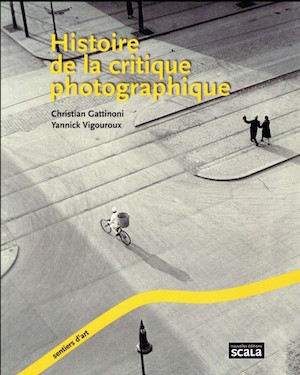 This has foregrounded itself at the moment as a result of my receipt of two different books by Francophone authors: Christian Gattinoni and Yannick Vigouroux’s Histoire de la critique photographique (History of Photography Criticism), which contains a short passage on my work, and Vincent Lavoie’s L’affaire Capa: Le procès d’une icône (The Capa Affair: Trial of an Icon) which concludes with a chapter about my research on Capa’s D-Day photographs.
This has foregrounded itself at the moment as a result of my receipt of two different books by Francophone authors: Christian Gattinoni and Yannick Vigouroux’s Histoire de la critique photographique (History of Photography Criticism), which contains a short passage on my work, and Vincent Lavoie’s L’affaire Capa: Le procès d’une icône (The Capa Affair: Trial of an Icon) which concludes with a chapter about my research on Capa’s D-Day photographs.
Gattinoni had graciously sent me a pdf file of their book, and a colleague sent me a pdf file of Lavoie’s book, these arriving almost simultaneously in my inbox. I’m in the process of absorbing them, and may have some questions and comments once I’ve done that. But I couldn’t help noticing that, yet again, in these volumes my name appears in them variously as Allan Coleman, Allan D. Coleman, and Allan Douglas (sic) Coleman. (The correct spelling of my middle name is Douglass — aye, I be of the Black Douglass, as was fed to the king’s henchmen.)
So I took the liberty of tracking down contact information for M. Lavoie and querying both him and Messrs. Gattinoni and Vigouroux about this stylistic quirk, which I assume reflects a practice unique (so far as I can tell) to Francophone scholarship in general. I wrote,
My work has now appeared in 31 countries, translated into 21 languages, including French. I have noted that, quite frequently in France, quotations from me, comments on my work, bibliographic references to me, and even my bylines on translated and published articles, refuse to refer to me by my chosen nom de plume, A. D. Coleman — the name by which I am most familiar to readers internationally, and which has appeared on some 2500 published essays and 8 books to date. Your commentary on my work, and the entry on me in your bibliography, are just the latest examples of that refusal.
May I ask, as one scholar to another, why that is? I’m quite sure that French writers don’t reserve this practice exclusively for me. Am I correct in assuming that you and your colleagues among French writers do the same whenever referring to J.-K. Huysmans, J. K. Rowling, D. H. Lawrence, H. P. Lovecraft, and H. G. Wells? If so, what exactly is the French grammatical and/or editorial rule governing that decision?
This seems to occur most frequently when the references happen within the context of scholarly publications. As you may know, the Capa D-Day project with which I have been involved for the past four years went viral in France in the summer of 2015; yet the controversy over that project that appeared in l’Obs, Le Monde, Le Figaro, Télérama, etc., consistently gave my nom de plume as it appears on the published articles in that series instead of using my first and middle names. So this appears to reflect a difference in editorial practice between the popular press and the academic world.
I look forward to your reply.
I haven’t heard back yet from Gattinoni and Vigouroux, but Lavoie replied promptly with this courteous explanation:
It is a French custom to use full name instead of « nom de plume ». In a bibliography properly edited you will thus read Howard Phillips Lovecraft and not H.P. Lovecraft. I guess that the publishers prefer not to assume that the readers are familiar with that kind of author’s « coquetterie ». It is deliberate. But it is certainly not a refusal or an ill-intentioned move. Having said that, I would doubt that a reader – especially one interested in Capa – would believe that Allan D. Coleman is someone other than A.D. Coleman.
Of course, this does not explain how I became “Allan D. Coleman” in the main body of Lavoie’s text and even more simply “Allan Coleman” in his bibliography. These are inconsistent with each other, and neither entry is consistent with the example he cites: “Howard Phillips Lovecraft and not H.P. Lovecraft.” If he had followed that model, my name in his book would read Allan Douglass Coleman, as it appears, for example, in the Wikipedia entry on me.
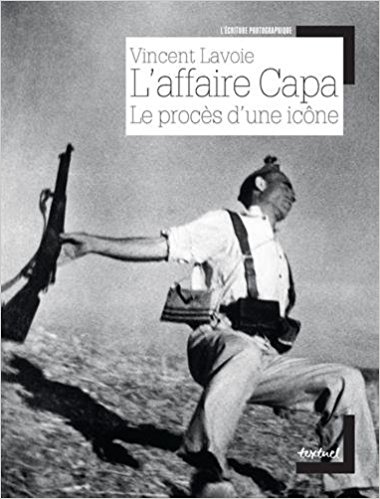 Setting aside the fact that the polite translation of “coquetterie” is “flirting,” which hardly describes my use of my initials, it strikes me as odd that “publishers prefer not to assume that the readers are familiar with” the name under which an author normally publishes, but are instead (presumably) familiar with the full name he or she does not use for publication.
Setting aside the fact that the polite translation of “coquetterie” is “flirting,” which hardly describes my use of my initials, it strikes me as odd that “publishers prefer not to assume that the readers are familiar with” the name under which an author normally publishes, but are instead (presumably) familiar with the full name he or she does not use for publication.
I would like to believe that, as Lavoie writes, “I would doubt that a reader — especially one interested in Capa — would believe that Allan D. Coleman is someone other than A.D. Coleman.” But then I would have to share, as I do not, his assumption that the readers of his book will come to it already familiar with the current literature on Capa and the broader literature on photography, and will make that connection readily.
In my experience, if I’m introduced (even in professional circles) as Allan Coleman, colleagues whom I’ve never met often will not recognize me by that name, responding only when I tell them that I publish as A. D. Coleman. I certainly wouldn’t expect the average reader to do so. But then again, I’m not French, nor French Canadian, merely bilingual Francophone.
A Google search for “allan coleman” does not turn anything about me up in its first 100 responses. A search for “allan d. coleman” does better, but with several false positives. Keying in “allan douglass coleman” does better by far, though it brings up mostly references to my creative writing (under that name I publish poetry, fiction, and creative nonfiction). Whereas a search for “A. D. Coleman” immediately leads to primary online references to me in my professional sphere. (The same holds true, I might add, for database searches conducted through library systems.)
In any case, I consider the basic mystery solved. It’s nothing personal, it’s applied in French scholarly publications to any authors who opt to use their initials, they’re inconsistent about it, and they don’t automatically fact-check to ensure that they’re spelling those given names correctly. Fortunately, this idiosyncratic approach to professional nomenclature has not spread beyond Francophone academe.
“All right, Mr. DeMille, I’m ready for my close-up.”
Amazing developments in science and photographic technology have brought us, one on top of the other, two astonishing images:
(See “Picture of Single Trapped Atom Wins UK Science Photography Prize,” by Ryan F. Mandelbaum, Gizmodo, February 13, 2018)
and:
(See “These Are the Most Out-of-This-World Photos Ever Taken — Literally,” by Stephanie Pappas,, Space.com, February 12, 2018.)
They look suspiciously similar. Has anyone ever seen them together?
Ripped from the Headlines
As many people don’t know, the headlines on articles in newspapers and magazines, and also articles published on periodical-like websites, don’t necessarily get written by the authors of those articles. Most often they come from the editorial staff of the publication during the layout/design phase, and as a consequence may or may not accurately reflect the tone and content of the articles they adorn.
So I can’t say with certainty that George Dvorsky personally titled his February 26, 2018 Gizmodo article on interbreeding among mammoths “Ancient Elephants and Mastodons Were Totally Down With Inter-Species Boning.” But I doff my cap to the parties responsible for drafting and approving that — the single best headline on a scientific article in recent memory. Whoever they are, Gizmodo’s gain is The Onion‘s loss.
•
Pick Your Inner Chicken
Brazilians apparently believe that each and every one of us contains an “inner chicken” that, from time to time, needs desperately to cut loose. I owe this new awareness to Philip Reeves of NPR; see his February 17, 2018 report, “Rio Carnival: When Brazil Lets Out Its Mysterious ‘Inner Chicken.'” I certainly know the feeling, especially after spending the past months cooped up here in the house. So I’m trying to imagine what my own inner chicken looks like — with the help of the recently published studio portraits of said fowl by Moreno Monti and Matteo Tranchellini. Could this be me?
You’ll find a sampling here, from which you can pick your own. Here’s their Kickstarter page for the book.
•
 Special offer: If you want me to either continue pursuing a particular subject or give you a break and (for one post) write on a topic — my choice — other than the current main story, make a donation of $50 via the PayPal widget below, indicating your preference in a note accompanying your donation. I’ll credit you as that new post’s sponsor, and link to a website of your choosing. Include a note with your snail-mail address (or email it to me separately) for a free signed copy of my 1995 book Critical Focus!
Special offer: If you want me to either continue pursuing a particular subject or give you a break and (for one post) write on a topic — my choice — other than the current main story, make a donation of $50 via the PayPal widget below, indicating your preference in a note accompanying your donation. I’ll credit you as that new post’s sponsor, and link to a website of your choosing. Include a note with your snail-mail address (or email it to me separately) for a free signed copy of my 1995 book Critical Focus!
 But wait! There’s more! Donate now and I’ll include a copy of The Silent Strength of Liu Xia, the catalog of the 2012-13 touring exhibition of photos by the dissident Chinese photographer, artist, and poet, currently in her sixth year of extralegal house arrest in Beijing. The only publication of her photographic work, it includes all 26 images in the exhibition, plus another 14 from the same series, along with essays by Guy Sorman, Andrew Nathan, and Cui Weiping, professor at the Beijing Film Academy.
But wait! There’s more! Donate now and I’ll include a copy of The Silent Strength of Liu Xia, the catalog of the 2012-13 touring exhibition of photos by the dissident Chinese photographer, artist, and poet, currently in her sixth year of extralegal house arrest in Beijing. The only publication of her photographic work, it includes all 26 images in the exhibition, plus another 14 from the same series, along with essays by Guy Sorman, Andrew Nathan, and Cui Weiping, professor at the Beijing Film Academy.



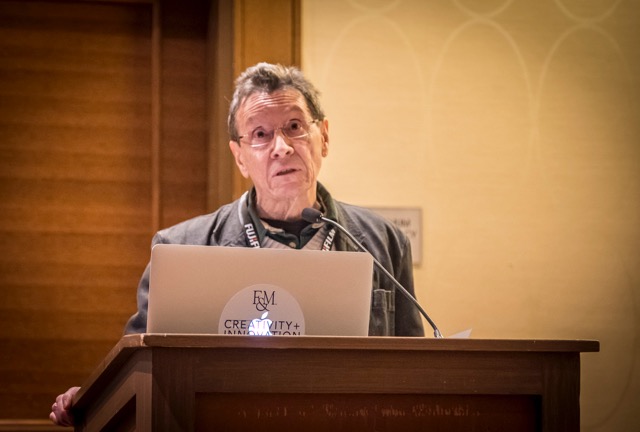
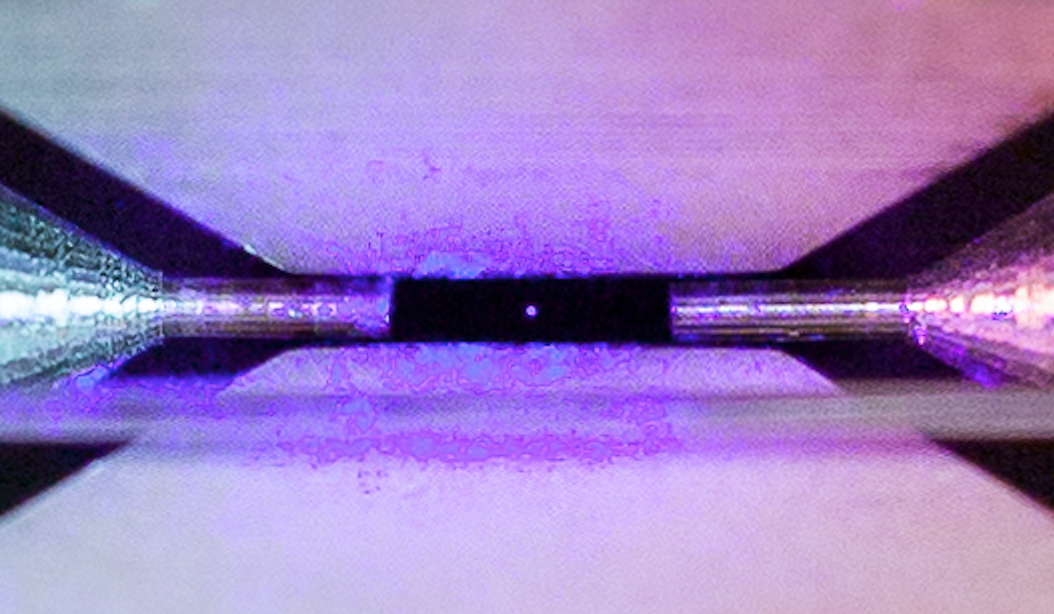
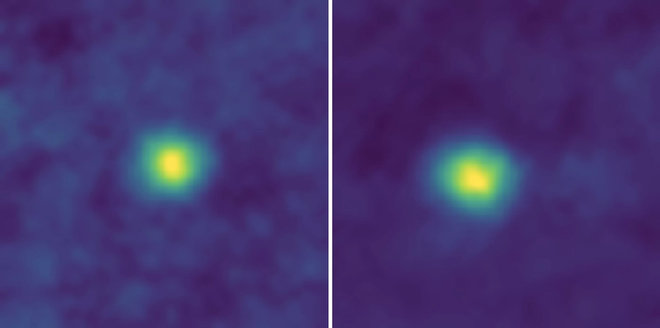
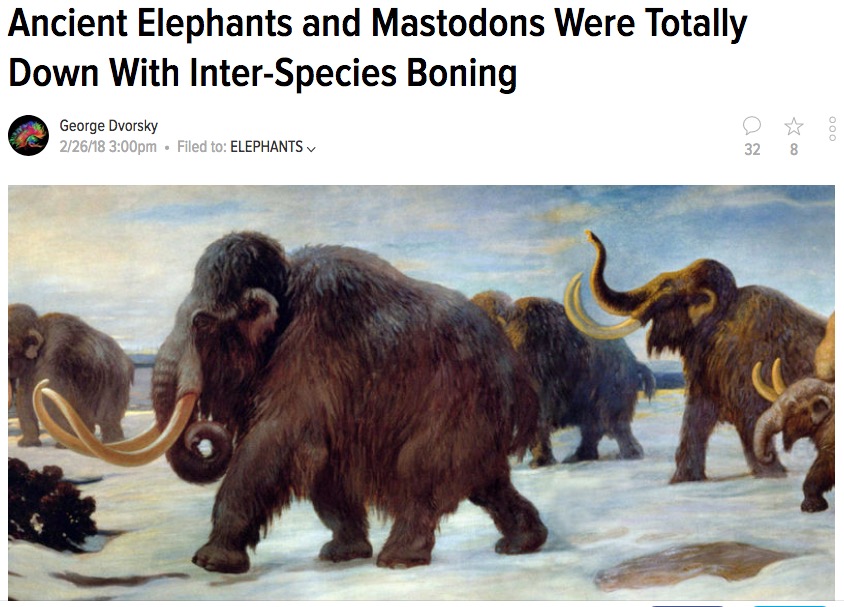
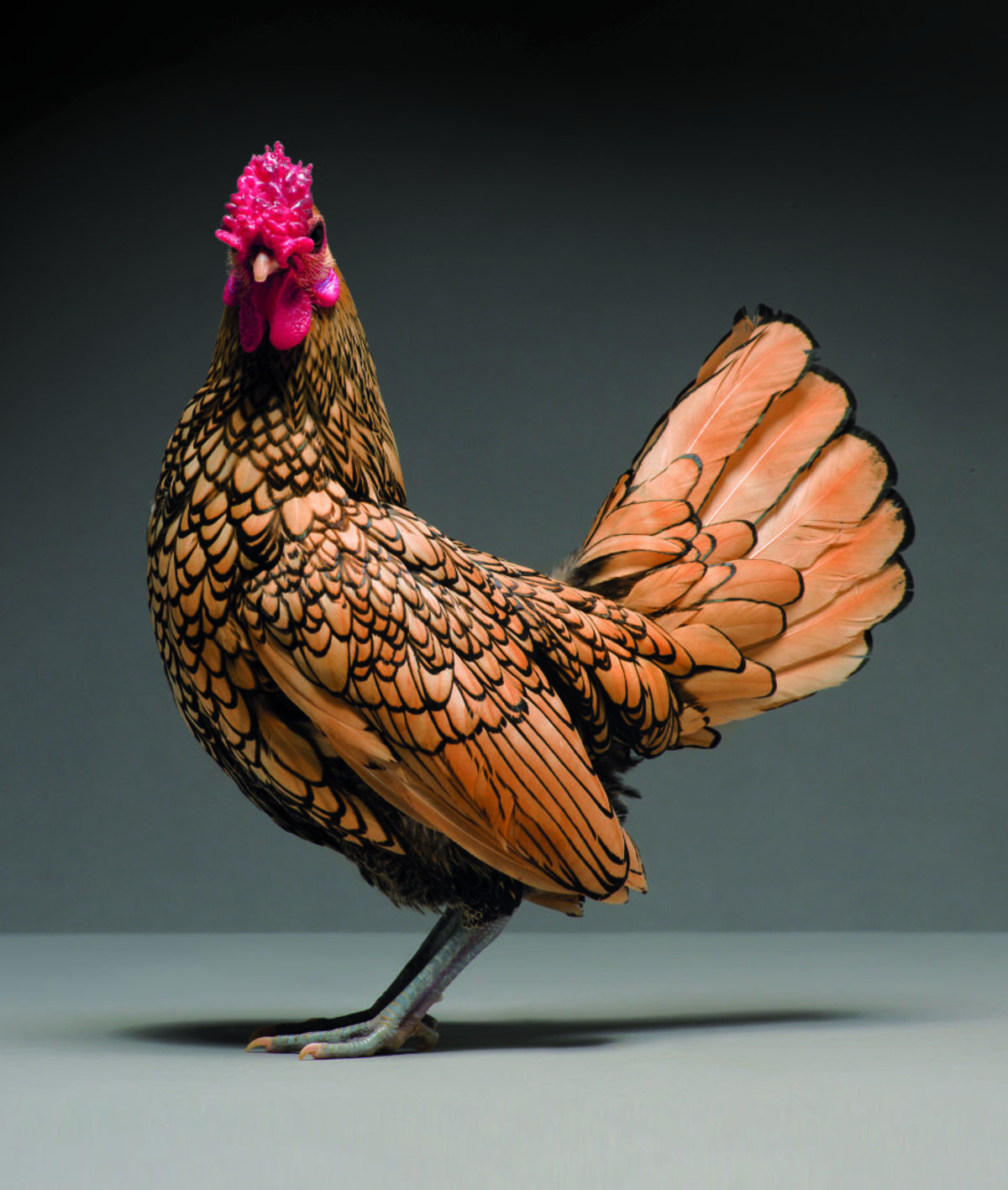




About the Google search, Allan, as little addition as a “p” after “allan coleman” will narrow the search to your name + photocritic or photography.
How I got here.
About the Google search, Cary … as I made clear in the post to which you’ve added this comment, searching for me as A. D. Coleman (or a d coleman) gets you immediately to primary web pages relevant to me: the Wikipedia page about me, the main page of my blog, etc. Not only does this “narrow the search,” it actually makes it an instant and unqualified success: https://www.google.com/search?q=A.+D.+Coleman&ie=utf-8&oe=utf-8&client=firefox-b-1
This makes even the addition of a “p” after my name unnecessary.
I can’t imagine why on earth you would do a search for me using anything other than the pen name under which I have published, lectured, taught, and curated for half a century. That makes about as much sense as keying in david lawrence when search for D. H. Lawrence: https://www.google.com/search?q=david+lawrence&ie=utf-8&oe=utf-8&client=firefox-b-1
Hope this tutorial on searching the interwebs proves useful.